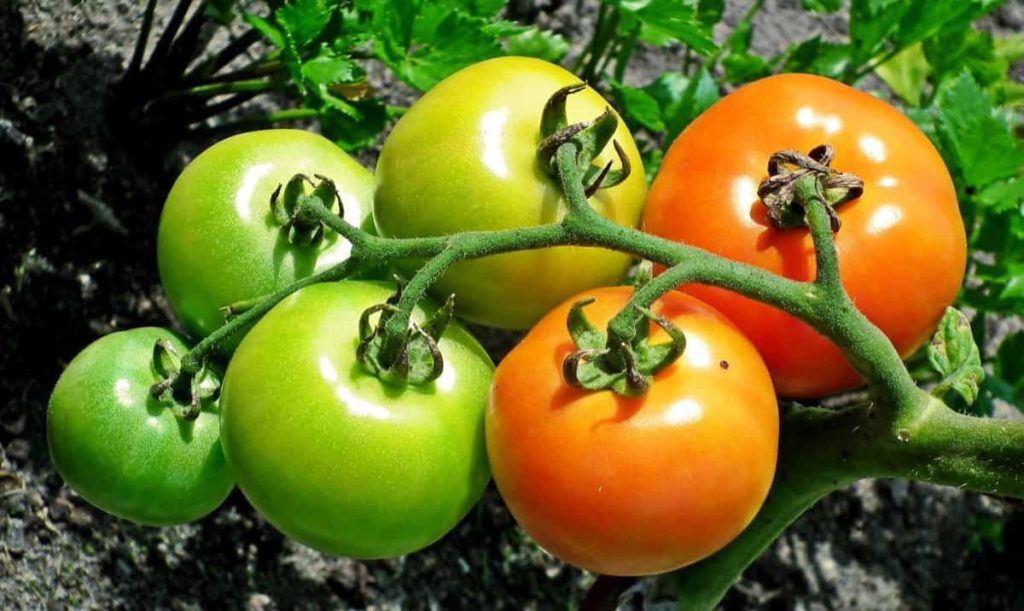


If you know the control parameters from the start, tomato farming can be very profitable. The key to developing full, delicious, red tomatoes is to get the plants going right, and relieve any issues before they occur. Take note that tomatoes are one of the most frequently contaminated vegetables. To maximize yield, consider the following tried-and-true tomato growing techniques:
Make sure there is a lot of sun: This is one of the best ways to grow tomatoes! Tomatoes are a warm-season crop that need at least six hours of sunlight per day. So, make sure the location you choose always gets a lot of sunlight.
Prevent seed overcrowding: Tomato seedlings need a lot of space to stretch out. They will not only experience growth inhibitions but also unanticipated diseases if they are overcrowded. Depending on the crop variety or hybrid, tomatoes typically follow one of two spacing systems: 60 45 cm or 45 30 cm. Varieties have a seed rate of 160–200 g/ac, and hybrids have a rate of 60–80 g/ac.
Clip the "suckers" often: Between the stem and branch of the tomato plant often grows another stem that eventually gives rise to new branches. The negative aspect is that these "suckers" consume all of the plant's energy and air but do not produce any fruit. To guarantee a plentiful harvest, clip them frequently.
Continue to remove the bottom leaves: Remove the bottom leaves from your plants when they reach a height of more than 3 feet because these are the first to develop fungus issues. They're likewise the most established, and get increasingly less measure of sun and wind stream. These likewise bring about soil-borne microbes that can weaken the collect later on.
Every time, water: Because tomato crops thrive in loamy, well-drained soil, they require constant, deep watering. Irregular watering can result in cracking and rot at the blossom end; therefore, irrigation should be performed every 5 to 7 days during the summer, but every 10 to 15 days during the winter is sufficient.